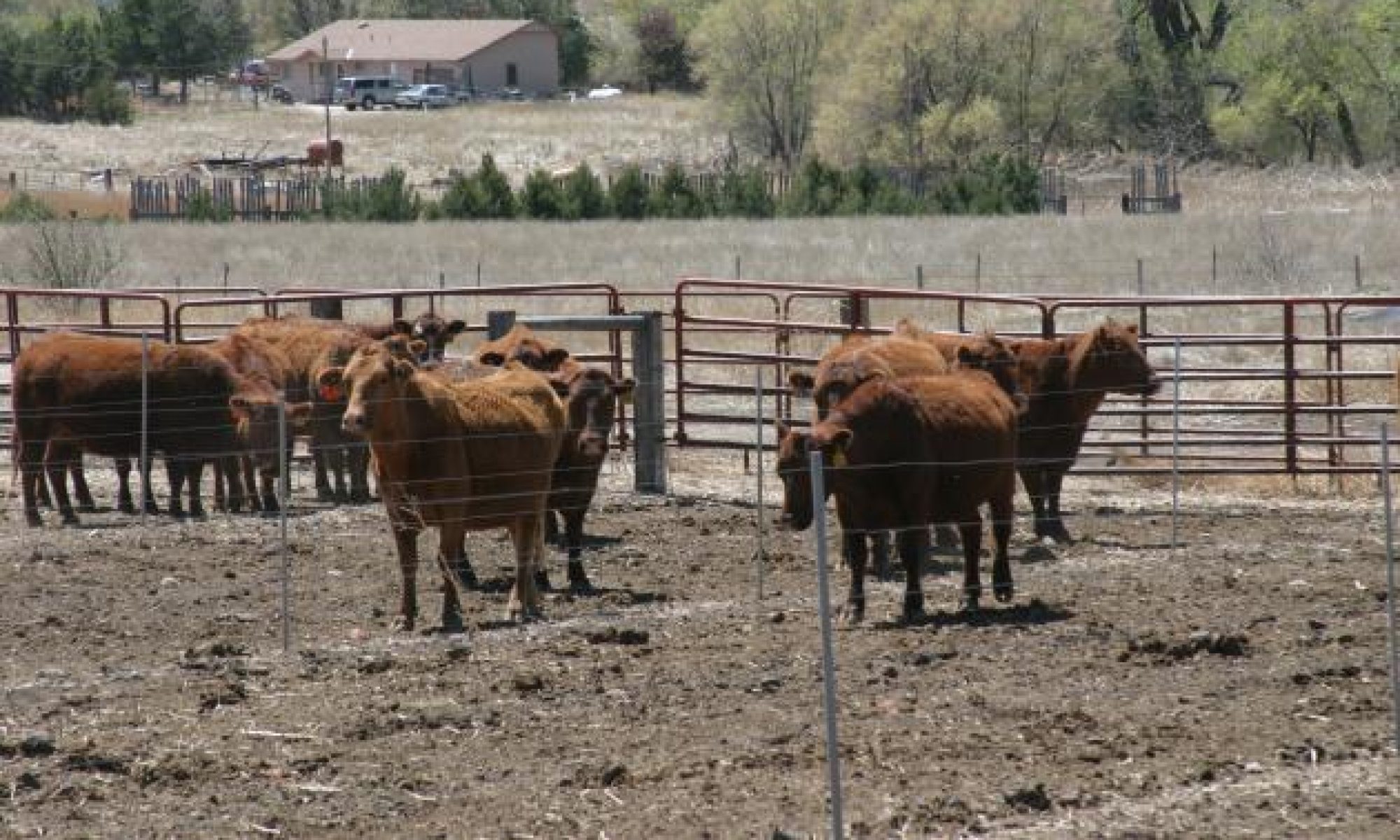If the milo hay has been cut and baled, get a forage probe from your local Cooperative Extension office and sample a number of bales to get a representative sample and submit them for a forage analysis. Test the hay for moisture, percentage of crude protein, and TDN (energy). The challenge is that the head contains grain. The only problem with the milo grain is that it is not well used by cattle unless it is cracked. The berry is hard, and it will pass into the rumen whole. If a lot of heads are present and the hay is fed free-choice, cattle will select the heads, and even though they are not well used by the cattle, there still may be some possibility for founder.
If there are heads, that would indicate that the milo could have a large diameter stalk and may be hard to get dried down. Hay that is baled at higher moisture contents can have heat damage. If heat damage is present, the inner part of the bale will have a tobacco brown color. When hay is heat-damaged, nutrients are less available to the animal.
If the milo was fertilized and grown in drought conditions, check the hay for nitrates. You can have the lab check for nitrates from the same sample that you send in to test for nutrient content.
